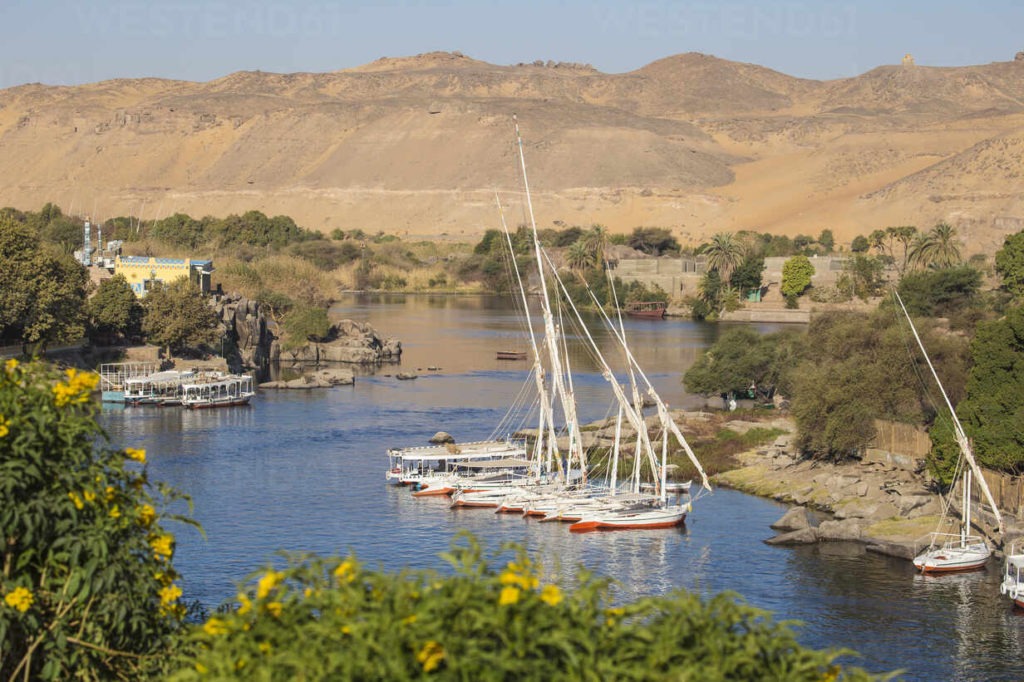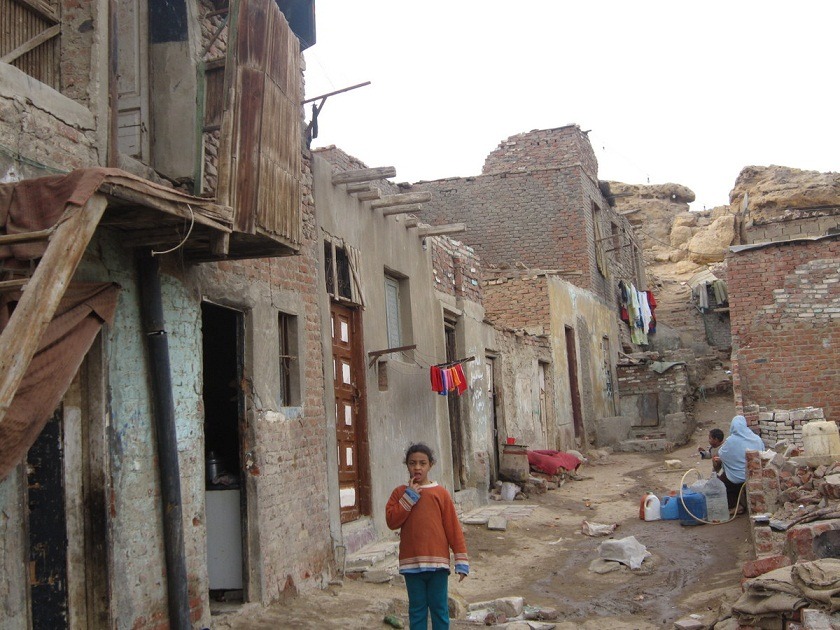Upper Egypt is a beautiful place. The greenery surrounds one wherever they go. The sunsets over the crystal water of the Nile can cure any tired soul. Unlike Cairo and other megacities, it’s very quiet and the streets are almost empty. Most of the people living there have the purity and kindness that marks the populations of rural areas around the world.

It sounds like a paradise, doesn’t it? Well, not exactly, most of the people there are still holding onto outdated traditions and mentalities…and let’s just say tolerance is pretty non-existent if approached by anything other than what they deem proper.
I’ve lived in Upper Egypt my entire childhood up until I graduated. That is when I decided to move to Cairo, in the hope of finding better opportunities…
Looking at the past now, I realize that living in Upper Egypt as a flamboyant kid with interests in literature, TV, cinema, arts and fashion was very hard due to the lack of proper education, cultural resources, and the very strict mentalities of most people who alienated and bullied me physically and mentally, and left me with severe anxiety and depression.
Although I miss the greenery and the sunsets, I lived a very long time with detest boiling inside me against those who alienated and bullied me there, thinking they’re psychopaths with zero potential of being any different. Sounds stupid? Well, it is, but not because my experience tells any difference.
Digging deep and with the first serious attempt to understand the roots of the multi-dimensional construction of Upper Egypt has shifted my judgment 180 degrees.
This population had no chance of formulating any differently with this outdated, strict and intolerant version of themselves. The circumstances around them are devastating, with little chance of proper development.
Cairo and beyond – An uneven distribution of resources
Economically, Egypt is divided into two parts. Cairo and the rest of the country. Cairo sums up Egypt in every sense of the word. All the development, investment and services are concentrated in the capital with minimum to none throughout the rest of the country, which is why Cairo and Giza consist of approximately 19% of the country’s population, while the rest are spread out across 25 governorates.
Upper Egypt suffers from poverty due to three decades of extreme marginalization

Upper Egypt is the most marginalized part of the country. It has the least amount of services and developmental opportunities which have led to its high rate of poverty.
The highest percentage of poverty among 102 million Egyptians was recorded in Upper Egypt, mainly in Assiut and Sohag, with 66.7% and 59.6% respectively, adding that poverty rates ranged from 80-100% in about 46 villages in both governorates.
The World Bank has set the poverty line at $3.20 per day, which means that 80-100% of the people in about 46 villages in Assiut and Sohag have a daily income of less than 53 LE. Can you imagine?
A lack of work opportunities and high rates of unemployment
Official figures indicate that more than half of the population in Upper Egypt are under the age of 29, while over one-third of all young people there are low-income citizens of society, more than half are unemployed, and according to this study, about 70% of young women in Upper Egypt are unemployed.
Most of the population there live in red brick houses with reed or wooden ceilings, no furniture and no bathrooms, and live in unsanitary spaces amongst the rubble, rubbish, and poultry.
The children are “multi-dimensionally poor,” which includes “being stunted, dropping out from school, not having clean drinking water, lack access to health care, and/or suffering severe corporal violence, which directly impacts their ability to survive and develop. Hence stories of chronic diseases due to contaminated water and malnutrition are very common, especially amongst children.
The people live in severe labor to earn 53 L.E per day, leaving them unable to live for anything other than providing the minimum required for merely surviving.
Lack of proper education equals an inability to keep up with the fast-paced world of today
In addition to the crushing poverty state of the population, the schools are very primitive and the education system is dwelling in a hole of chaos and inadequacy.
Overall, the Egyptian system is characterized by distinct disparities in enrollment and graduation ratios between urban and rural regions, as well as between affluent and low-income households. According to one recent study, youths from urban governorates (such as Cairo, Giza and Alexandria), have a 98.5% chance of accessing higher education, compared to a 5.5% chance for those who live in rural Upper Egypt.
A lack of cultural resources
There are no clear statistics on the cultural facilities in Upper Egypt, but from personal experience, Assiut, Sohag and Qena have no cinemas. I went to the cinema for the first time when I was 17 during a visit to Cairo. I was charmed by the magical experience, and I became a cinemaholic, taking a six-hour train back and forth from Assiut to Cairo every time I wanted to watch a movie in a cinema.
The schools’ libraries are small and primitive with no real books. Getting introduced to books as a child came through my neighbors and uncles who lent me small books of Ihsan Abdelquodos, and other Egyptian authors of the romantic era. That was the beginning of a serious addiction, so I spent all my following summers wandering around the schools’ libraries in my hometown to find very few interesting books to read.
In college, I was introduced to the fascinating world of the old book stores around the universities. These were adventures, as the stores were very dusty old places filled with fungus and spiders webs, and I’d go wearing a mask, gloves, and worthless cloths to dive into piles of old books, trying to find something of value. There I found treasures of books’ editions that date back to the 50’s and 60’s.
But what about those who didn’t have the welfare to seek out cultural facilities and reading opportunities in Cairo or around their areas? How are they supposed to get introduced to other cultures in order to empathize and accept them?
Three decades of marginalization created unlivable spaces in Upper Egypt
Living without the basic requirements of development such as nutrition, health care, clean water, proper living spaces and basic education, would only produce a population that has no qualifications to fight the aggressive battle within the jobs market.
These circumstances are also the founders of ignorance, intolerance, racism, sectarianism and violence that translates clearly in the high rates of revenge killing (El-Tar vendetta) in Upper Egypt.
We need to start investing for human beings in Upper Egypt by providing them the requirements for proper development. Directing the economical investments and the state’s development planning towards this marginalized part of the country can save a majority of Egyptians from being wasted resources. And most importantly, transform an environment that produces suffering and violence into one that flourishes, enabling people with untapped potential to have better opportunities.



